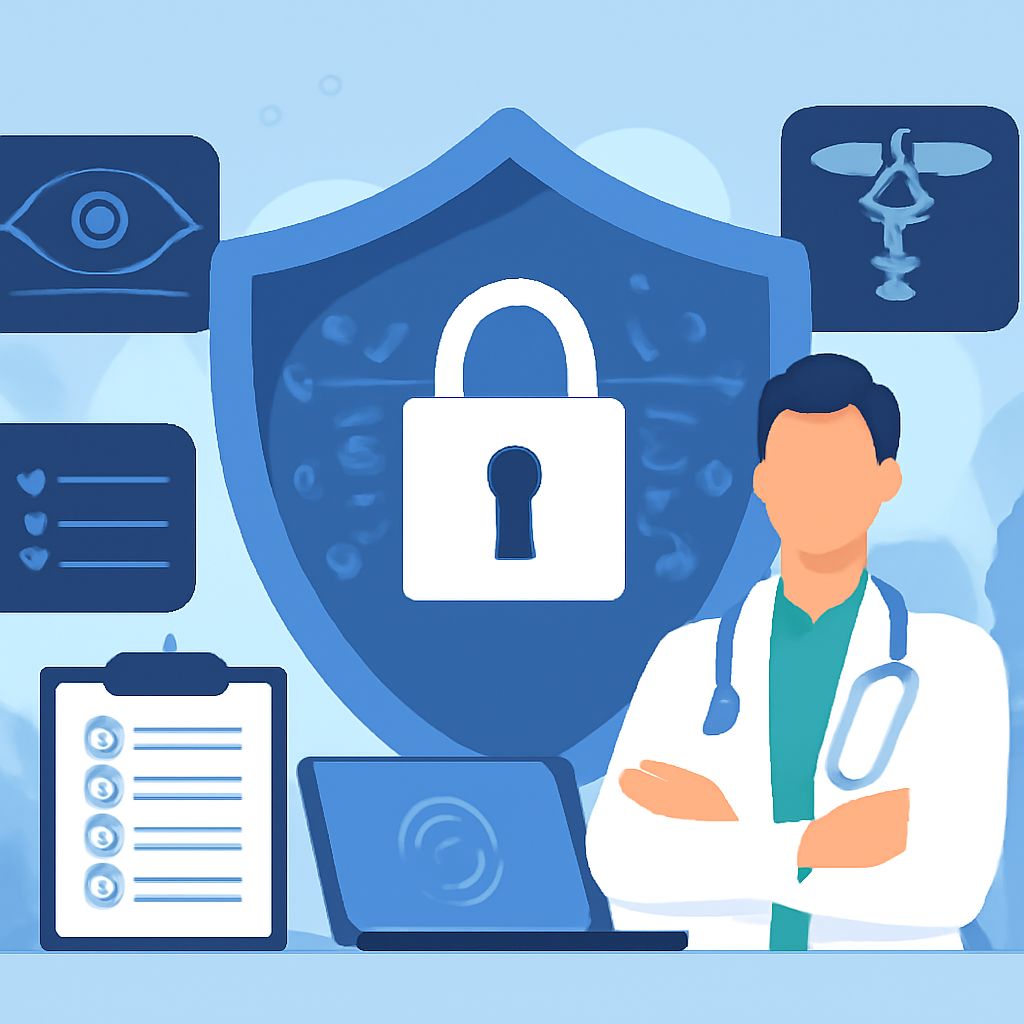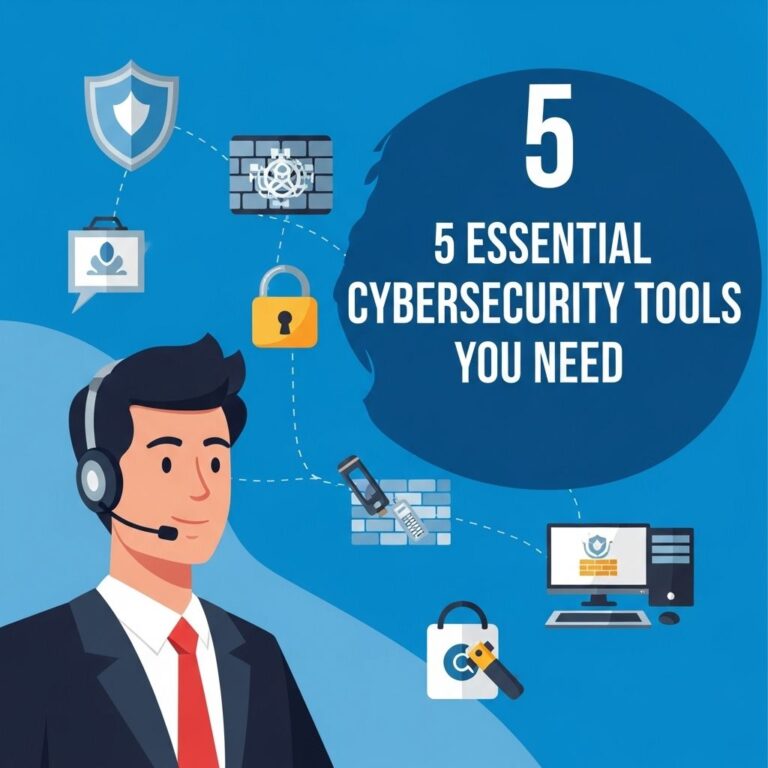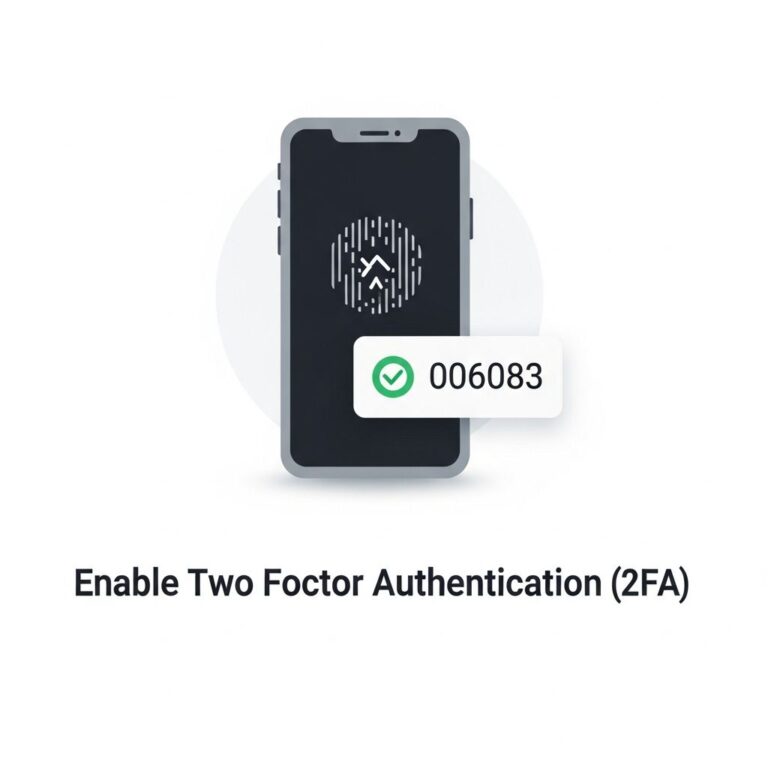Table of Contents
Top Compliance-Ready Cybersecurity Frameworks for Healthcare
As the healthcare sector increasingly adopts digital technologies, the need for robust cybersecurity measures has never been more critical. With sensitive patient data and health records becoming prime targets for cybercriminals, healthcare organizations must prioritize compliance with various cybersecurity frameworks to safeguard this information. This article explores the top compliance-ready cybersecurity frameworks tailored for the healthcare industry, detailing their features, benefits, and practical applications.
1. Health Insurance Portability and Accountability Act (HIPAA)
HIPAA is a federal law that mandates the protection of patient health information (PHI). It applies to healthcare providers, health plans, and healthcare clearinghouses. Compliance with HIPAA is crucial for any organization that handles PHI.
Key Features:
- Privacy Rule: Establishes standards for protecting PHI.
- Security Rule: Sets standards for safeguarding electronic PHI (ePHI).
- Transaction and Code Sets Rule: Requires standardized electronic transactions.
Benefits:
- Enhances patient trust and confidentiality.
- Avoids hefty fines for non-compliance.
- Improves overall data security posture.
2. National Institute of Standards and Technology (NIST) Cybersecurity Framework
The NIST Cybersecurity Framework (CSF) provides a flexible approach to managing cybersecurity risks for organizations of all sizes, including healthcare entities. The framework is based on existing standards, guidelines, and practices.
Key Features:
- Framework Core: Comprises five key functions: Identify, Protect, Detect, Respond, and Recover.
- Implementation Tiers: Assesses the organization’s cybersecurity maturity and risk tolerance.
- Profile: Customizes the framework to align with business needs.
Benefits:
- Provides a comprehensive risk management approach.
- Facilitates communication about cybersecurity risks across different departments.
- Helps organizations prioritize their cybersecurity investments.
3. Health Information Trust Alliance (HITRUST) Common Security Framework (CSF)
The HITRUST CSF is a certifiable framework that integrates multiple compliance standards, including HIPAA, NIST, and ISO standards, creating a comprehensive approach to cybersecurity in healthcare.
Key Features:
- Risk Management: Provides a risk-based approach to security controls.
- Prescriptive Controls: Offers a detailed set of security controls tailored for healthcare.
- Certification: Allows organizations to achieve HITRUST certification to demonstrate compliance.
Benefits:
- Reduces the burden of managing multiple compliance requirements.
- Improves collaboration between healthcare organizations and vendors.
- Enhances credibility through HITRUST certification.
4. Payment Card Industry Data Security Standard (PCI DSS)
For healthcare organizations that handle credit card transactions, compliance with PCI DSS is essential. This framework focuses on securing payment data to prevent data breaches.
Key Features:
- Build and Maintain a Secure Network: Requires secure systems and applications.
- Protect Cardholder Data: Mandates data protection measures.
- Regular Monitoring and Testing: Involves ongoing testing of networks.
Benefits:
- Reduces the risk of financial fraud and data breaches.
- Enhances customer trust through secure transactions.
- Provides clear guidelines for data security practices.
5. International Organization for Standardization (ISO) 27001
ISO 27001 is an internationally recognized standard for information security management systems (ISMS). It is highly relevant for healthcare organizations aiming to establish robust security practices.
Key Features:
- Risk Management: Focuses on identifying and managing information security risks.
- Policy Development: Requires comprehensive information security policies.
- Continuous Improvement: Promotes ongoing assessment and enhancement of security measures.
Benefits:
- Demonstrates commitment to information security to stakeholders.
- Aligns with global best practices for cybersecurity.
- Facilitates compliance with other regulations and standards.
6. Center for Internet Security (CIS) Controls
The CIS Controls are a set of best practices designed to help organizations strengthen their cybersecurity posture. While not healthcare-specific, they provide invaluable guidance applicable across various sectors, including healthcare.
Key Features:
- Actionable Steps: Offers a prioritized set of actions to reduce cyber risks.
- Framework Alignment: Can be integrated with other frameworks like NIST and ISO.
- Community Collaboration: Developed through a collaborative process with industry experts.
Benefits:
- Helps organizations efficiently allocate resources for cybersecurity.
- Encourages a proactive approach to cyber threats.
- Facilitates collaboration among different stakeholders.
7. Federal Risk and Authorization Management Program (FedRAMP)
For healthcare organizations utilizing cloud services, FedRAMP provides a standardized approach to security assessment, authorization, and continuous monitoring for cloud products and services.
Key Features:
- Security Assessments: Involves thorough security assessments of cloud services.
- Authorization Process: Establishes a consistent authorization framework.
- Continuous Monitoring: Requires ongoing security monitoring.
Benefits:
- Ensures trusted cloud service providers meet security requirements.
- Facilitates the adoption of cloud technologies in healthcare.
- Reduces complexity in managing multiple cloud security standards.
Conclusion
In an era where cyber threats are evolving, healthcare organizations must adopt compliance-ready cybersecurity frameworks to protect sensitive patient data. By implementing frameworks such as HIPAA, NIST CSF, HITRUST CSF, PCI DSS, ISO 27001, CIS Controls, and FedRAMP, healthcare entities can enhance their security posture, ensure regulatory compliance, and ultimately build trust with patients. A robust cybersecurity strategy, grounded in these frameworks, not only protects patient information but also strengthens the overall healthcare delivery system.
FAQ
What are compliance-ready cybersecurity frameworks for healthcare?
Compliance-ready cybersecurity frameworks for healthcare are structured guidelines and best practices that help healthcare organizations protect sensitive patient data while adhering to regulatory standards such as HIPAA, HITECH, and others.
Why is it important for healthcare organizations to adopt cybersecurity frameworks?
Adopting cybersecurity frameworks is crucial for healthcare organizations to safeguard patient information, avoid data breaches, meet compliance requirements, and maintain trust with patients and stakeholders.
What are some of the top cybersecurity frameworks for healthcare?
Some of the top compliance-ready cybersecurity frameworks for healthcare include the NIST Cybersecurity Framework, ISO/IEC 27001, HITRUST CSF, and the CIS Critical Security Controls.
How does the NIST Cybersecurity Framework benefit healthcare organizations?
The NIST Cybersecurity Framework helps healthcare organizations identify, protect, detect, respond to, and recover from cybersecurity incidents, thereby enhancing their overall security posture and compliance.
What role does training play in implementing cybersecurity frameworks in healthcare?
Training is essential in implementing cybersecurity frameworks as it ensures that healthcare employees are aware of best practices, understand their responsibilities, and can effectively respond to potential security threats.
How can healthcare organizations measure the effectiveness of their cybersecurity frameworks?
Healthcare organizations can measure the effectiveness of their cybersecurity frameworks by conducting regular security assessments, monitoring compliance with regulatory standards, and analyzing incident response and recovery metrics.









